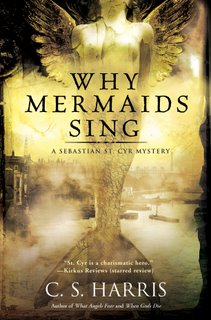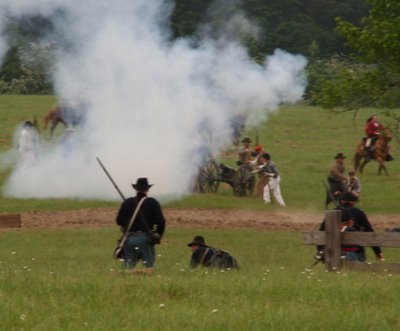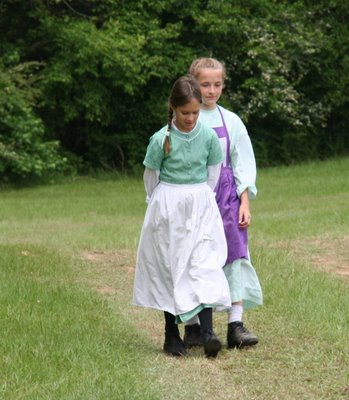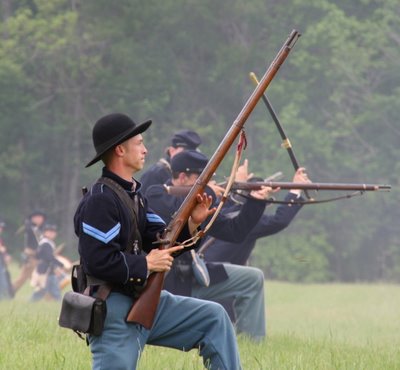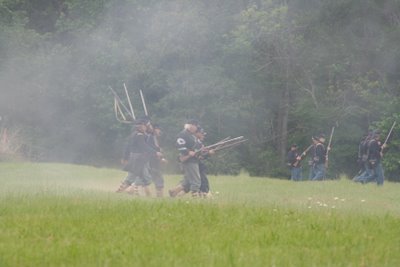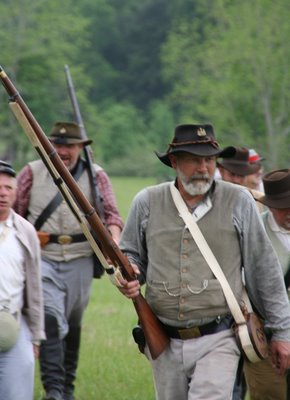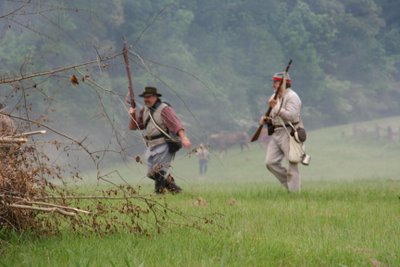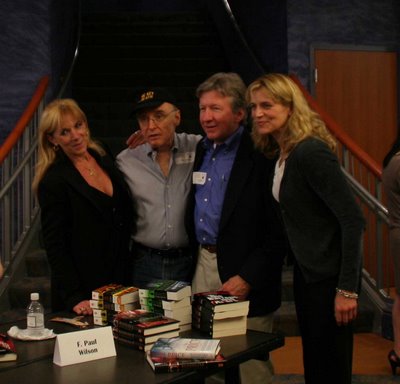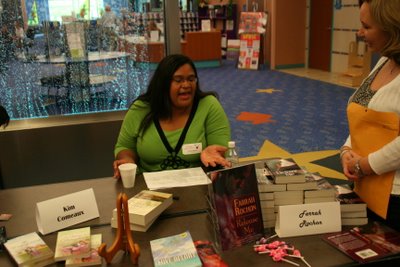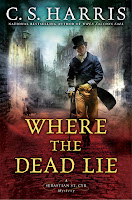The granddaddy of screenwriting instruction is Syd Field. While there has been a movement away from some of his teachings in recent years, he’s had such a profound effect on Hollywood thinking that he’s still a good place to start.
Field harks back to Aristotle’s division of fiction into a beginning, middle, and end. According to Field, the beginning of a film, or Act One, sets up the story, introducing the hero, his problem, and (in the words of the hero’s journey) his “call to action.” Act Two, the middle, is the main body of a screenplay, the scene of action and counteraction, of complications, the chess game of move and countermove. Throughout the middle, the stakes rise until the characters reach a point of no return. It’s here, at the point of no return, that the story flips into Act Three, the climax, the resolution, the end. Anyone who’s ever watched a movie will recognize these three segments. The beginning corresponds to the first 20-30 minutes of a movie, the middle is the largest chunk, the next 60 minutes, while the end or climax fills the last quarter of the film.
So how do we, as novelists, use this? Well, if we apply Field’s division to a 400 page novel, Act One would be the first 80-100 pages, Act Two is roughly page 100 to page 300, and Act Three is the final 100 pages. At this point you’re probably saying, Well, duh. But it’s the next part of Field’s teaching that is so helpful to novel writers.
Field is big on what he calls Plot Points: important, pivotal scenes that take the action and flip it in an entirely different direction. The two most important plot points are the critical scenes at the shift from Act One to Act Two, and from Act Two to Act Three. But Field also identifies three other key plot points: the Midpoint at around page 200 of our book (or half way through a screenplay), and two “Pinch Points” at roughly page 150 and page 250.
What this means is that, as a novelist beginning a new book, I can identify my pivotal scenes—the ah-ha moments in my story, when the action suddenly goes zinging off in a totally unexpected direction, like a pinball zapped by a quick-fingered pinball wizard. I can lay out those pivotal scenes, deciding, ah, yes, this will be my first Plot Point, this will be my second, and so on, spacing them out and making sure the tension and the stakes escalate until I reach my final plot point of no return.
So picture it: before I ever sit down to write, I know that Here, in my first 80 or so pages (I personally favor a shorter Act One), I’ll introduce my hero and his problem. Then, I'll have this pivotal scene that sends me into the middle part of my book. Then 50 pages to the first pinch point, 50 pages to the midpoint, 50 pages to the second pinch point, and 50 pages to the plot point that will send the action spinning into the climax. By breaking a 400-page novel down into these short interlinking segments, plotting suddenly becomes So Much Easier.
Conversely, if I’ve written a book and I have this nasty feeling that something is wrong, I can write a quick description of each of my scenes on a 3x5 card and lay my story out on the dining room table. It’s then very easy for me to look at my story and go, Oops! This is what’s wrong! I don’t have well-spaced pivotal scenes; I don't have a well-defined beginning, middle end; my story is too linear here, too crazy here. I need to even it out.
I’m a big fan of plotting with 3x5 cards. And I’m a really big fan of the pivotal scene concept. If you take nothing else from screenwriting techniques, this is a good one. But like I said, there is a new movement in Hollywood that does this a bit differently. And that’s what I’ll look at next time.
